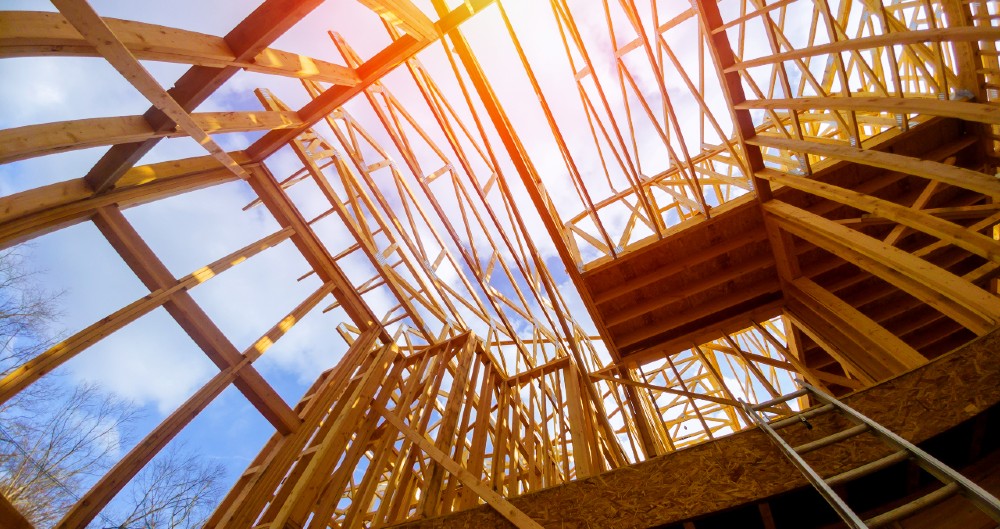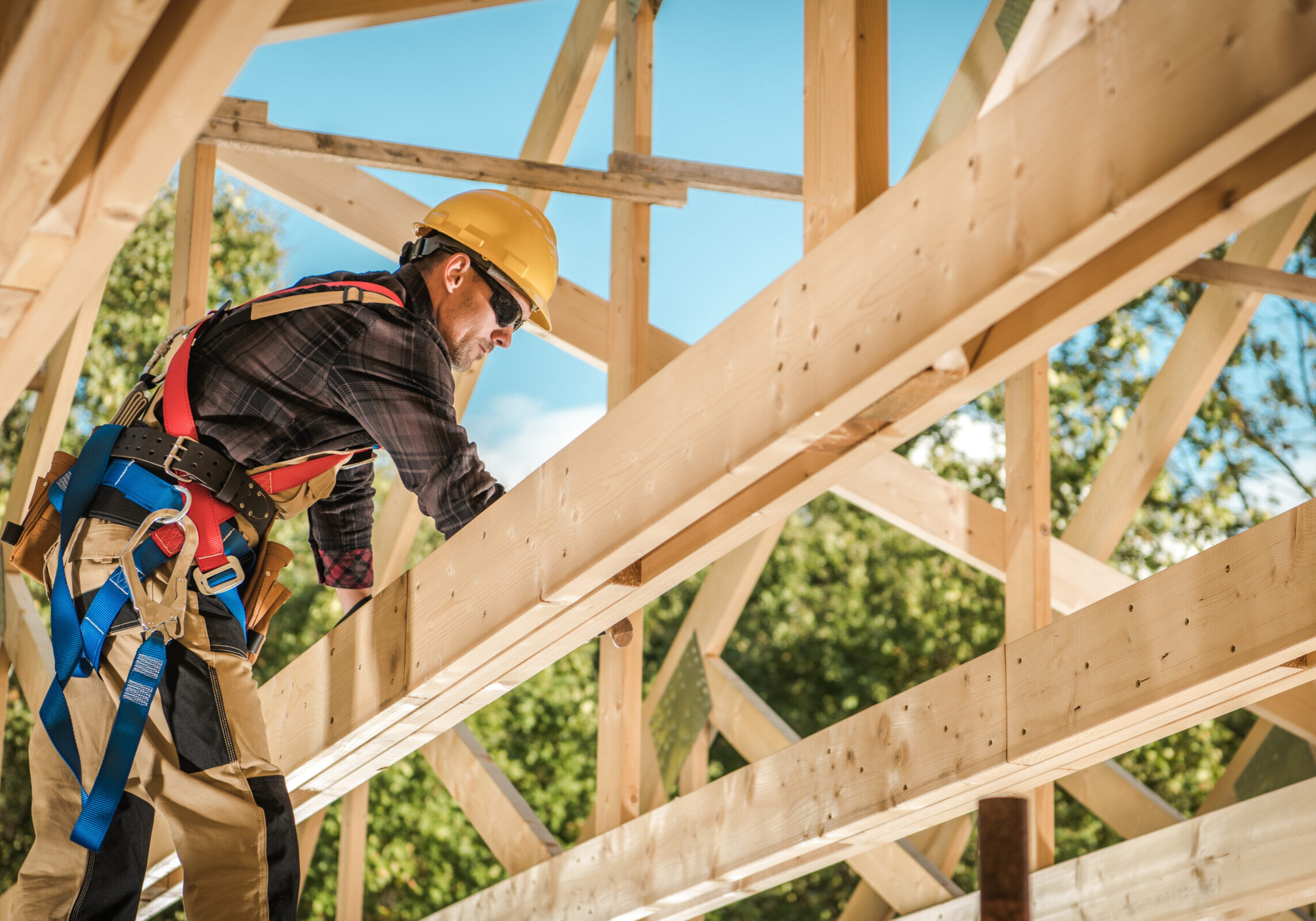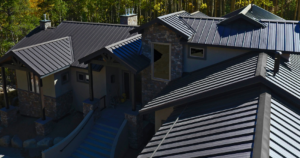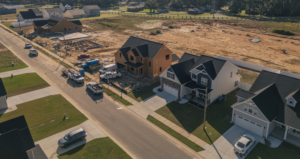Housing Figures: Lumber Is Costing, But Demand Still Strong
April 1, 2021

Housing Figures is our monthly round-up of the top news stories related to residential new construction spending and the latest market numbers.
We’re continuing to keep a close eye on lumber prices as home builders grapple with rising costs. By some estimates, relief could come by this fall, but in the meantime it's impacting new home pricing, according to outside reports and HomeSphere’s own network of builders. Meanwhile, new home sales decreased in February, but that’s more likely to be a temporary drop-off.
A word (or two) on lumber
Lumber is adding roughly $24,000 to the cost of a new home. That’s according to Jerry Howard of the National Association of Home Builders. “The price of lumber has gone up 170 percent compared to last year,” he said. The lumber industry, like many, felt the impacts of the COVID-19 shutdowns in 2020, and it didn’t help with shortages that more homeowners last year were drawn to deck remodeling projects and other additions. [WREX]
The cost of lumber is impacting multifamily and affordable housing supply. NAHB’s most recent Multifamily Market Survey indicated multifamily builders and developers are trying to find creative ways to keep projects on track. One builder reported purchasing the necessary lumber for 25 percent of a project with the hopes that pricing will moderate in the interim, while other builders continue to look at alternative building materials. The sector, however, is expected to rebound later this year and into 2022. [NAHB Now]
Lumber price relief could come in the fall. Anirban Basu, chief economist for the Associated Builders and Contractors, said lumber prices could start to decline by the fall. The Commerce Department reduced tariffs on softwood lumber in December to nine percent, but Basu said that decrease could take some time to be felt by builders. [Trib Live]
Two ways to look at new home sales
Sales of new residential construction are down by Census numbers. The sales of new single-family homes decreased by 18.2 percent from January’s revised rate. In real numbers, that’s a decrease from the seasonally adjusted annual rate of 948,000 in January to 775,000. New home sales were still above February 2020 numbers, however, which came in at 716,000. The chief economist at Fannie Mae believes the drop was likely due to abnormally cold weather, with the drop-off expected to be only temporary. [Builder]
The Zonda New Home Pending Sales Index is down, but only slightly. The Zonda New Home PSI, up 35 percent year-over-year, is down 2.4 percent from January. It differs from Census Bureau numbers because the index takes into account both new home orders, used by the Census Bureau, as well as the average sales rate per community to provide a fuller look at new home demand. In an ongoing trend, builders also continue to report intentionally slowing or pausing sales to stay in line with production capacity. [Builder]
Not yet a HomeSphere partner?
HomeSphere connects residential construction builders with building product manufacturers to facilitate long-lasting relationships through our award-winning software platforms, My HomeSphere® and HomeSphere-IQ®.
Existing home sales down
Sales of existing homes were down in February. According to the National Association of Realtors, sales of existing homes decreased by 6.6 percent compared with January. That represents a seasonally adjusted annual rate of about 6.2 million units — 9.1 percent higher than February 2020. NAR also found that home supply fell almost 30 percent year-over-year, which is the largest annual decline to be recorded. That number represents a little more than one million homes on the market. [CNBC]
Record homes selling for above list price
A record percentage of homes sold above list price in March. Redfin’s latest market numbers indicate that a record 39 percent of homes sold above list price in more than 400 U.S. metros during the four-week period ending March 21. The median home-sale price went up 16 percent year-over-year to $331,590, which represents an all-time high. Furthermore, 58 percent of sellers with homes under contract accepted an offer within the first two weeks the house was on the market. [Redfin]
The end of 2020 brought the highest homebuyer competition. According to CoreLogic, buyer competition reached a 12-year high at the end of 2020, with sellers most likely to get their full asking price. Buyer competition also intensified in resort areas and places with slower housing markets prior to pandemic. CoreLogic expects that buyer competitors will remain competitive going into the spring season. [CoreLogic]
Construction spending slightly down
Private construction spending below January’s estimate. Residential construction came in 0.2 percent below January’s estimated rate, representing a seasonally adjusted annual rate of $717.9 billion in February. The latest figures also show that total construction spending came in at approximately $1,516.9 billion, which is down 0.8 percent from January, but 5.3 percent above year-over-year numbers. [Census Bureau]
Record traffic at home building sites
Builders are raising prices and seeing more traffic. In HomeSphere’s latest State of the Industry Report, created with BTIG, a record high 89 percent of builders reported raising some, most or all base prices. The price increases are a response to continued high material, labor and land costs. Builders also reported record year-over-year traffic to their communities, and suggested that rising mortgage rates have not meaningfully impacted business yet. [HomeSphere]






